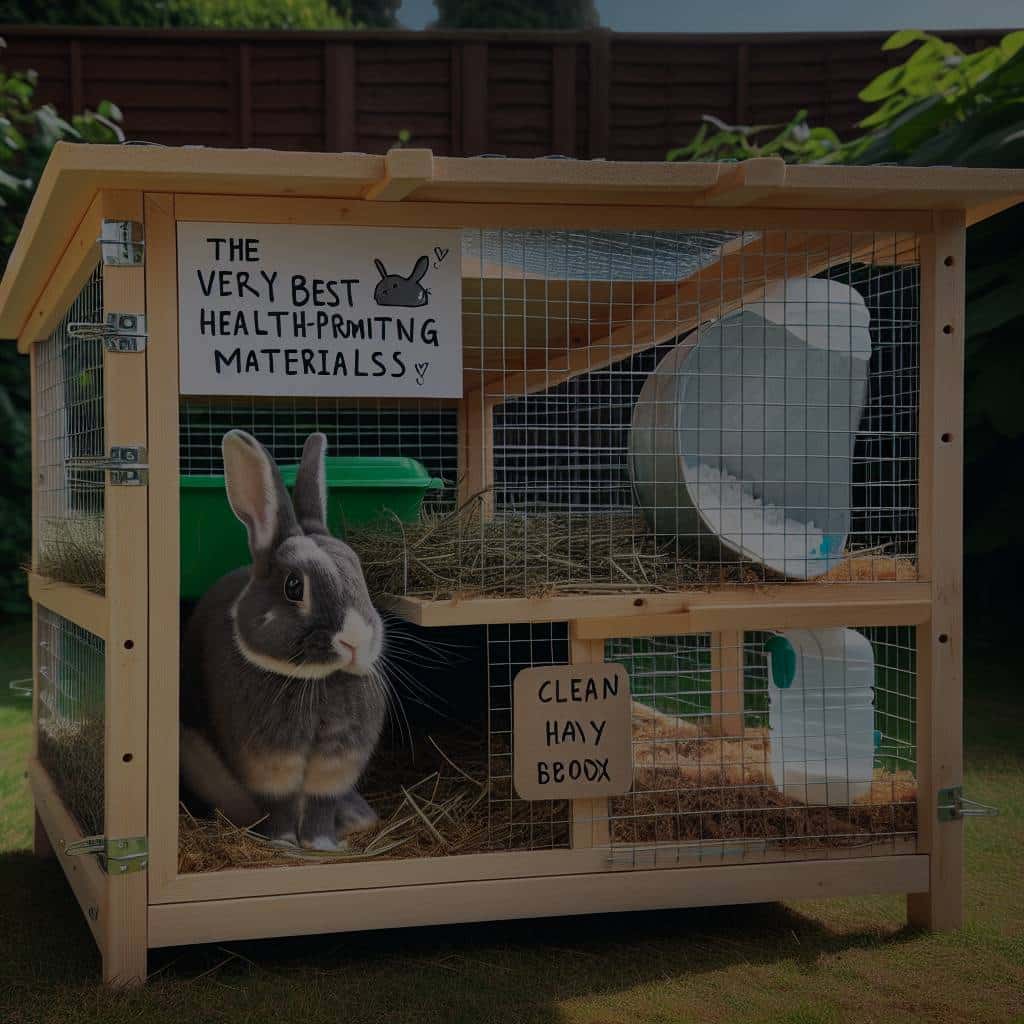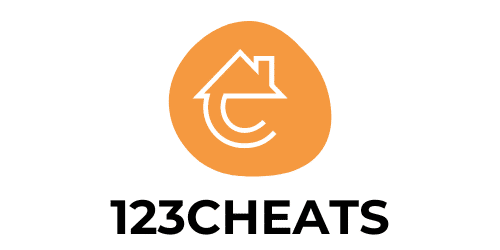What Is the Best Material for a DIY Rabbit Hutch That Promotes Good Health?

Rabbits are known for their endearing charm and playful demeanor. As dedicated pet owners, you would undoubtedly want to provide your little buddies with a comfortable and secure space that caters to their health and well-being. One of the practical and tangible steps towards this goal is to build their hutch carefully and thoughtfully. DIY rabbit hutches are an excellent choice as they allow for customization to meet your rabbit’s specific needs and preferences. However, the material of the hutch plays a significant role in its effectiveness and the health of your bunny. Hence, this article guides you through the best materials for a DIY rabbit hutch that promotes good health.
Essential Factors to Consider When Choosing Rabbit Hutch Materials
Before selecting the materials for your pet’s hutch, it is crucial to understand the factors that will influence your choice. You want your rabbit to be safe, comfortable, and happy in its new home. Hence, the materials you choose must reflect this intention.
A lire en complément : How to Choose the Right Breed of Dog for Search and Rescue in Rural Areas?
To start with, consider the durability and strength of the materials. Rabbits are known for their love of chewing, so you need materials that can withstand their gnawing activities. Furthermore, the materials should be resistant to weather conditions, easy to clean, and non-toxic. Finally, the size of your pet and the available space for the hutch will also influence your decision.
Optimal Materials for DIY Rabbit Hutch
Now that you have a clear understanding of what to look out for, let’s delve into the specifics of the materials that are suitable for a rabbit hutch.
Cela peut vous intéresser : What Are the Most Effective Positive Reinforcement Techniques for Horses?
Wire
Wire is a common material used in building rabbit cages. When opting for wire, it’s essential to choose a heavy gauge wire that rabbits cannot chew through. Additionally, the wire should be spaced correctly – not more than half an inch apart – to prevent your rabbit from escaping or getting its head stuck.
However, be informed that an all-wire cage is not healthy for your rabbit’s feet. Therefore, add wooden or plastic resting boards as a platform where your rabbit can relax without standing on the wire. Also, make sure to keep the hutch away from direct sunlight and wind to protect your rabbit from harsh weather conditions.
Wood
Wood is another suitable material for rabbit hutches. It is strong, easy to work with, and provides a natural look that blends well with the outdoor environment. However, not all types of wood are safe for rabbits. Some, like pine and cedar, can be harmful if ingested.
When choosing wood, opt for untreated hardwood like poplar or maple. These woods are safe for rabbits and can withstand their chewing. Also, ensure to use a safe, water-based, non-toxic paint to protect the wood from weather conditions and make cleaning easier.
Hay
Hay provides an excellent bedding material for your rabbit’s hutch. Rabbits love to nibble on hay, and it also contributes to their dietary needs, providing necessary fiber. When selecting hay for bedding, keep in mind that it should be clean, dry, and free from dust.
Building Plans for a DIY Rabbit Hutch
Building a DIY rabbit hutch requires a well-detailed plan to ensure that the hutch is sturdy, safe, and comfortable for your pet. The plan should feature the dimensions of the hutch, the materials required, and the step-by-step procedure for the construction.
The size of the hutch should be at least four times the size of your rabbit when it’s fully grown. This space allocation provides enough room for your rabbit to move, jump, and play freely within its home. The hutch should also have a separate sleeping area lined with hay for warmth and comfort.
Maintaining Your Rabbit’s Hutch
While building a suitable hutch is crucial, maintaining the hutch in a clean and healthy state is equally important. Regular cleaning prevents the buildup of bacteria and parasites that can harm your rabbit’s health.
Ideally, you should clean the hutch at least once a week. Remove and replace the hay bedding, clean the food and water dishes, and wipe down the interior of the hutch with a pet-safe disinfectant. Additionally, perform a monthly deep cleaning to ensure that your rabbit’s home is as fresh and clean as possible.
Remember, a clean hutch is a healthy hutch. By using the right materials and keeping the hutch clean, you will be providing a secure and comfortable home for your pet rabbit while promoting its good health.
Adding Essential Accessories to Your DIY Rabbit Hutch
Once your rabbit hutch is up, it’s time to add accessories that will make your furry friend’s home more enjoyable. The accessories added should be safe for your rabbit and enhance its environment. A well-accessorized cage can greatly improve your rabbit’s health and happiness.
Rabbit toys should be part of your hutch accessories. Rabbits enjoy a variety of toys that they can chew on, toss, or dig in. Such toys are not just for fun, but they also help to keep your rabbit’s teeth in check as they continue to grow throughout their life. Include toys made from hay, untreated wood, or safe-to-chew plastic.
Another essential accessory is the litter box. The presence of a litter box in the rabbit hutch aids in keeping the hutch clean and promotes your rabbit’s hygiene. Rabbits are fastidious groomers and can be easily litter-trained. The box should be filled with a safe, absorbent material like paper-based litter or wood pellets.
A hidey-hole is also an important addition to your bunny hutch. Rabbits are prey animals and instinctively seek places to hide when they feel threatened or want to rest. This could be a wooden box or a tunnel made from safe, chewable materials.
Finally, don’t forget to install a hay rack and water bottle or dish in the hutch. These will help to keep the hay and water clean, thus promoting the health of your rabbit.
Conclusion: Promoting Good Health with a DIY Rabbit Hutch
Building a DIY rabbit hutch is not just about creating a housing unit for your pet. It’s about taking active steps to ensure that your rabbit lives in a safe, clean, and stimulating environment that promotes good health. By selecting the right materials, considering the essential factors, and maintaining your rabbit’s hutch, you can ensure that your furry friend enjoys a happy and healthy life.
Additionally, the steps you take to enhance your rabbit’s living conditions – from the careful selection of the hutch materials to the addition of safe and useful accessories – will all contribute to the overall well-being and happiness of your rabbit.
Remember, a healthy rabbit is a happy one. And the happiness and health of your rabbit ultimately depend on the effort you invest in creating and maintaining their home. So, whether you’re a first-time rabbit owner or a seasoned breeder, this guide will help you create an ideal DIY rabbit hutch that suits your rabbit’s needs and promotes its good health.
